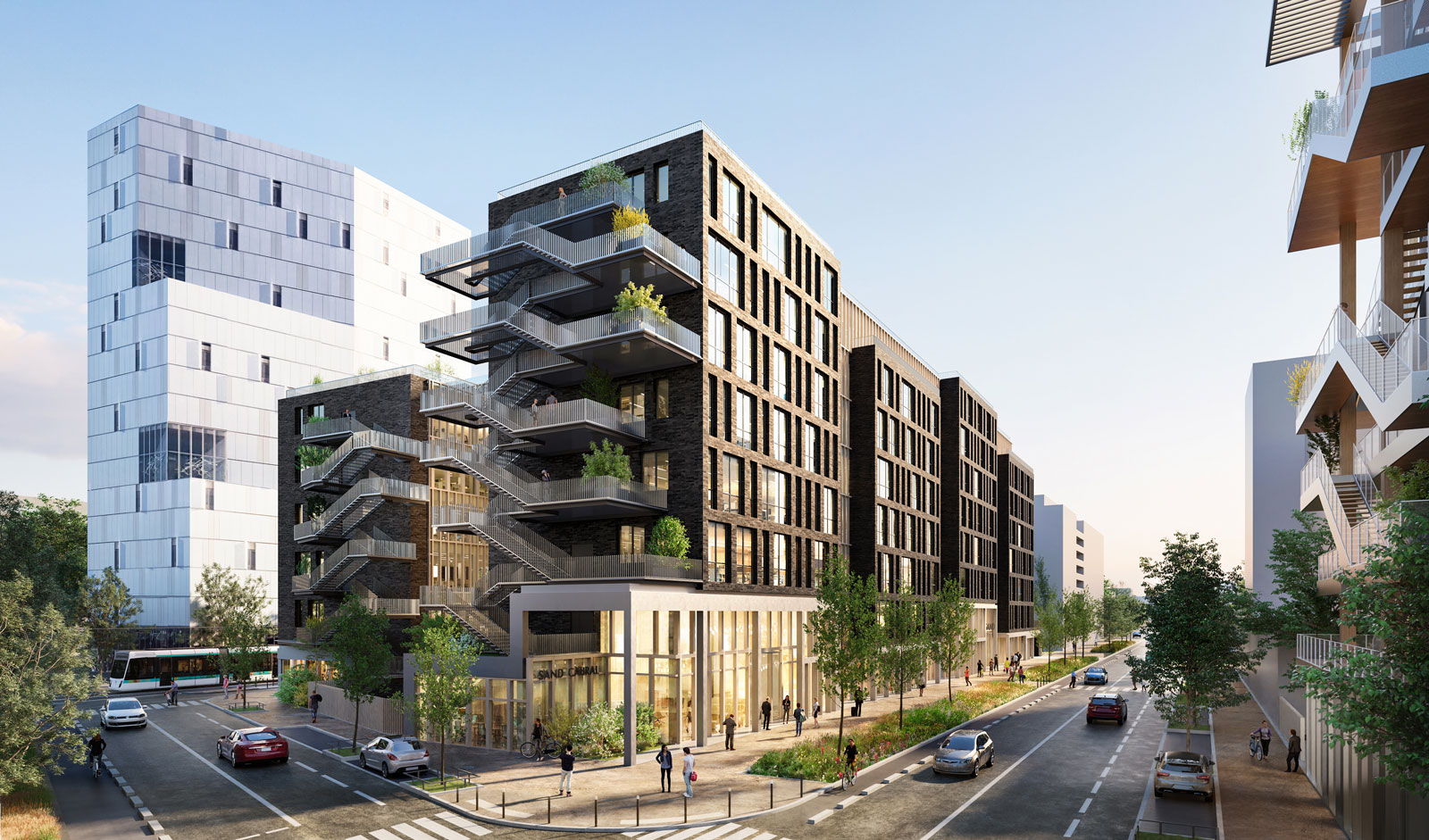With Thea Render, users can switch between a GPU engine for speed and an unbiased engine for the most accurate results
Altair has updated its 3D renderer, Thea Render, which is available for SketchUp, Rhino, and Altair Inspire Studio. The software features two render engines – a GPU engine for speed and an unbiased engine for the ‘most accurate results’, both of which operate within the same framework so users can easily switch from one to another.
Thea Render v3 includes support for Nvidia’s Ampere GPU architecture and offers interfactive denoising on both GPU (Nvidia Optix) and CPU (Intel Open Image Denoise). There are also several new features and workflow enhancements, including an improved link to SketchUp.
“I use Thea Render for SketchUp daily as it allows me to render and visualize buildings very realistically, including lights, textures, effects, and more,” said Jean Thiriet, freelancer for architectural visualisation.
“For my work, the tight integration with both Nvidia and Intel denoisers is the most important feature of the new release. It makes rendering significantly faster, almost real time, which is the holy grail for all users of architectural visualisation tools. In addition, the link between Thea Render and SketchUp has also been improved, making it easier and faster to iterate designs.”
Thea Render v3 introduces Adaptive Tracing, a technique designed to solve difficult lighting scenarios, such as caustics from point lights, sun pools, and diffuse interreflections. According to Altair, this results in images with a higher dynamic range and lighting effects that were previously impossible.
A new Relight Editor allows users to create ‘infinite images’ from a single render. When Relight is enabled, every light in the scene can be modified (intensity, colour, and status) and different lighting setups can be created in post production. Every Relight setup can be saved in the Relight Editor panel as a Snap and then loaded back to the Darkroom for further editing or exported to an image file.
Random Color Texture is a new procedural texture that adds variation to instanced models to create ‘rich looking’ images for grass, bushes, trees, wooden floors, and more.







